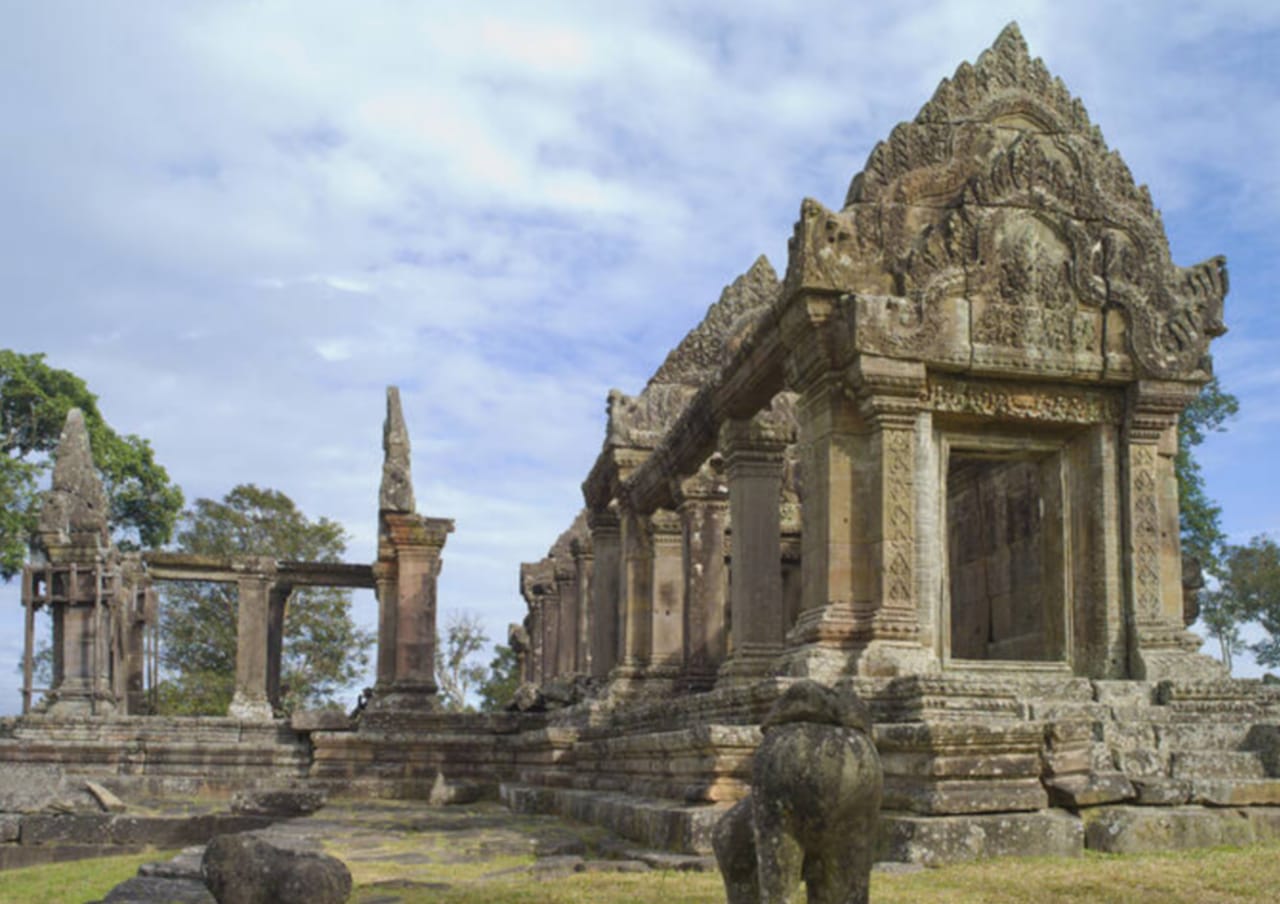
Over 138,000 evacuated as two-day clashes mark deadliest fighting in a decade.
The centuries-old dispute between Thailand and Cambodia has erupted into its bloodiest confrontation in over a decade, with at least 15 people killed and more than 138,000 civilians forced to flee their homes as fighting entered its second day Friday.
The violence began Thursday morning near the disputed Ta Muen Thom temple complex in Thailand's Surin Province, where Thai officials claim Cambodian forces deployed surveillance drones over their positions before opening fire on a Thai military base. Cambodia disputes this account, accusing Thailand of initiating hostilities and violating its sovereignty.
What started as a localised incident has rapidly escalated across 12 locations along the contested border. Thai forces scrambled F-16 fighter jets to conduct airstrikes on Cambodian positions, while Cambodia responded with Russian-made BM-21 Grad multiple rocket launchers – truck-mounted systems capable of firing 40 rockets in devastating salvos.
The casualty toll continues to mount, with Thailand reporting 14 deaths, including two children and one soldier, plus 45 wounded. Cambodia has yet to release official figures, though sources suggest significant losses on both sides.
At the heart of this deadly confrontation lies a cluster of ancient Hindu temples dedicated to Lord Shiva, built during the Khmer Empire between the 9th and 12th centuries. The most prominent, Preah Vihear temple, sits majestically on a 525-meter cliff in Cambodia's Dangrek mountains. Despite being awarded to Cambodia by the International Court of Justice in 1962, the temple complex remains a flashpoint in Thai-Cambodian relations.
The current fighting centres on Ta Muen Thom, located 95 kilometres west of Preah Vihear. This 12th-century temple, featuring an unusual south-facing sanctuary and a naturally formed Shivling in its sanctum, has witnessed repeated confrontations. Earlier this year, tensions flared when Cambodian soldiers sang their national anthem at the site, prompting angry exchanges with Thai forces.
The roots of this territorial dispute stretch back to French colonial rule, when surveyors drew maps placing these temples within Cambodia's borders. While Thailand initially accepted these boundaries, it has consistently challenged them, arguing that modern geographic technology reveals inconsistencies in the original colonial-era demarcation.
International concern is mounting as the violence threatens regional stability. The United States, China, and Malaysia have offered mediation services, but Thailand's Foreign Ministry spokesperson Nikorndej Balankura rejected third-party intervention, insisting on bilateral negotiations. "We stand by our position that a bilateral mechanism is the best way out," he told reporters.
The humanitarian crisis deepens by the hour, with Thai authorities establishing 300 evacuation centres to accommodate displaced families. Many evacuees arrive with only the clothes on their backs, settling into makeshift shelters at schools and universities dozens of kilometres from the fighting.
As artillery fire continues to echo across the border, both nations face mounting pressure to de-escalate. Thailand has closed all border crossings and raised threat levels to maximum, while Cambodia has requested an urgent UN Security Council meeting.
The ancient temples that once symbolised spiritual devotion now stand as silent witnesses to modern nationalism's destructive power, their sacred stones scarred by the weapons of war.